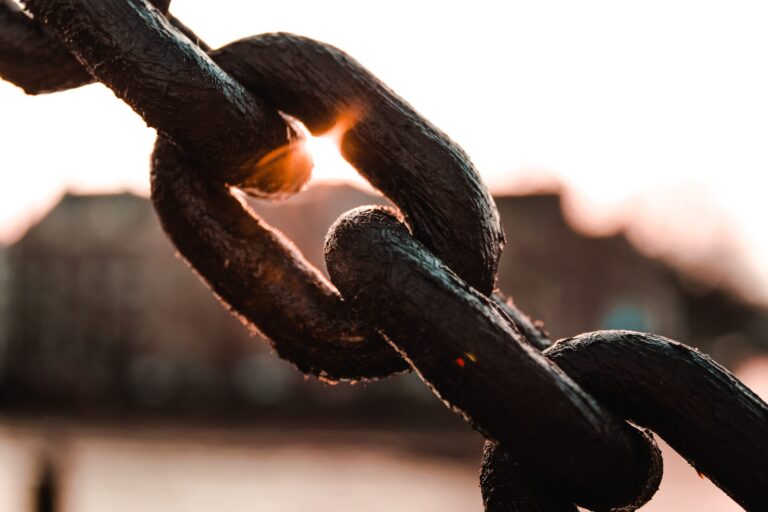“Self-Care” for Your Home
 The term “self-care” gets thrown around a lot these days. While some people are using it as a marketing term for health and wellness products, personal self-care is actually very important. It’s a great way to maintain your physical and mental well-being while reducing stress.
The term “self-care” gets thrown around a lot these days. While some people are using it as a marketing term for health and wellness products, personal self-care is actually very important. It’s a great way to maintain your physical and mental well-being while reducing stress.
Most people don’t associate self-care with their homes. However, maybe it’s time to start.
No, your home isn’t going to benefit from a spa session or healthy diet the way you might, but there are things you can do for your living space to prolong structural integrity, take care of its interior, and increase its sustainability.
By practicing “self-care” for your home, you’ll feel even better about where you live, and you’ll boost the life and integrity of your space for years to come. Let’s look at a few easy ways to care for your home that can make a big difference in the long run.
Cut Down on Utility Usage
One of the easiest ways to take better care of your home is to cut down on the utilities and energy you use each day. Doing so will not only make your home more sustainable, but you’ll save money on your utility bills, too. Some of the easiest ways to reduce your utility usage include:
- Installing energy-efficient appliances
- Cleaning your HVAC system
- Installing a smart thermostat
- Taking shorter showers
- Utilizing natural lighting
Some of these things can feel like more of an investment than others, like buying new appliances. However, the average energy-efficient appliance will save anywhere from 10-50% on your energy use each year, significantly dropping your utility bills and saving you money. It won’t take long for those appliances to pay for themselves.
Inspect and Repair Regularly
Most people go to the doctor at least once a year for a “check-up,” and go more frequently if something is wrong.
Why not treat your home with the same kind of care and attention?
By simply inspecting your home regularly, you’ll see areas that need a little extra care, and you can fix any small issues before they turn into major ones. You don’t have to be a professional home inspector to look for things like cracks in the walls or ceilings, leaks, or visible wear and tear.
If you do see any issues, get them repaired as soon as possible. Unattended issues will turn into bigger problems very quickly. That will end up costing you more money, and it could even impact the integrity and sustainability of your home. For example, old windows and doors that aren’t sealed properly could be costing you thousands of dollars due to air leaks. Wood rot within your home or on your outside deck can be dangerous, and that kind of moisture could invite pests or mold into your home.
If you’re not sure what to look for when it comes to general home maintenance and upkeep, consider hiring a handyman once or twice a year to do a sweep of the home, or ask a friend or family member with construction knowledge to look things over and take care of any issues for you.
Understand the Common Problems
A homeowner’s work is never done. As homes age and go through normal wear and tear, it’s not uncommon for problems to arise. However, certain features within your home could be contributing to those issues more than you might realize, compromising your home’s structure and general well-being.
Getting to the root cause of these issues can help you make smarter, healthier, more sustainable decisions for your home in the future. Some of the most surprising things that could be damaging your home include:
- Overwatering your lawn
- Poor topsoil
- An unbalanced structure
- A swimming pool
- Nesting species
- Burrowing species
Thankfully, many of these issues can be fixed relatively quickly. However, climate change also needs to be added to the list, and that’s something you can’t repair with a handyman or contractor.
Rising temperatures can cause the construction materials that make up your home to expand, compromising the structural integrity of your property. It’s also expected that climate change will have a large influence on major weather events in the future, including hurricanes and flooding. If you live in an area prone to those disasters, your home could easily suffer damage.
While making sure your home is strong and in good repair is essential to keeping it safe from these issues, this also goes to show you how important it is to lead a sustainable life. You might not think that one person’s efforts to live a greener lifestyle would have an impact, but it’s a start, and you may end up inspiring others to do the same.
Your home should feel like a safe haven and sanctuary. It’s a place where you can be yourself and fully relax. So, make sure you’re giving it the “self-care” it deserves by putting some of these ideas into practice.


